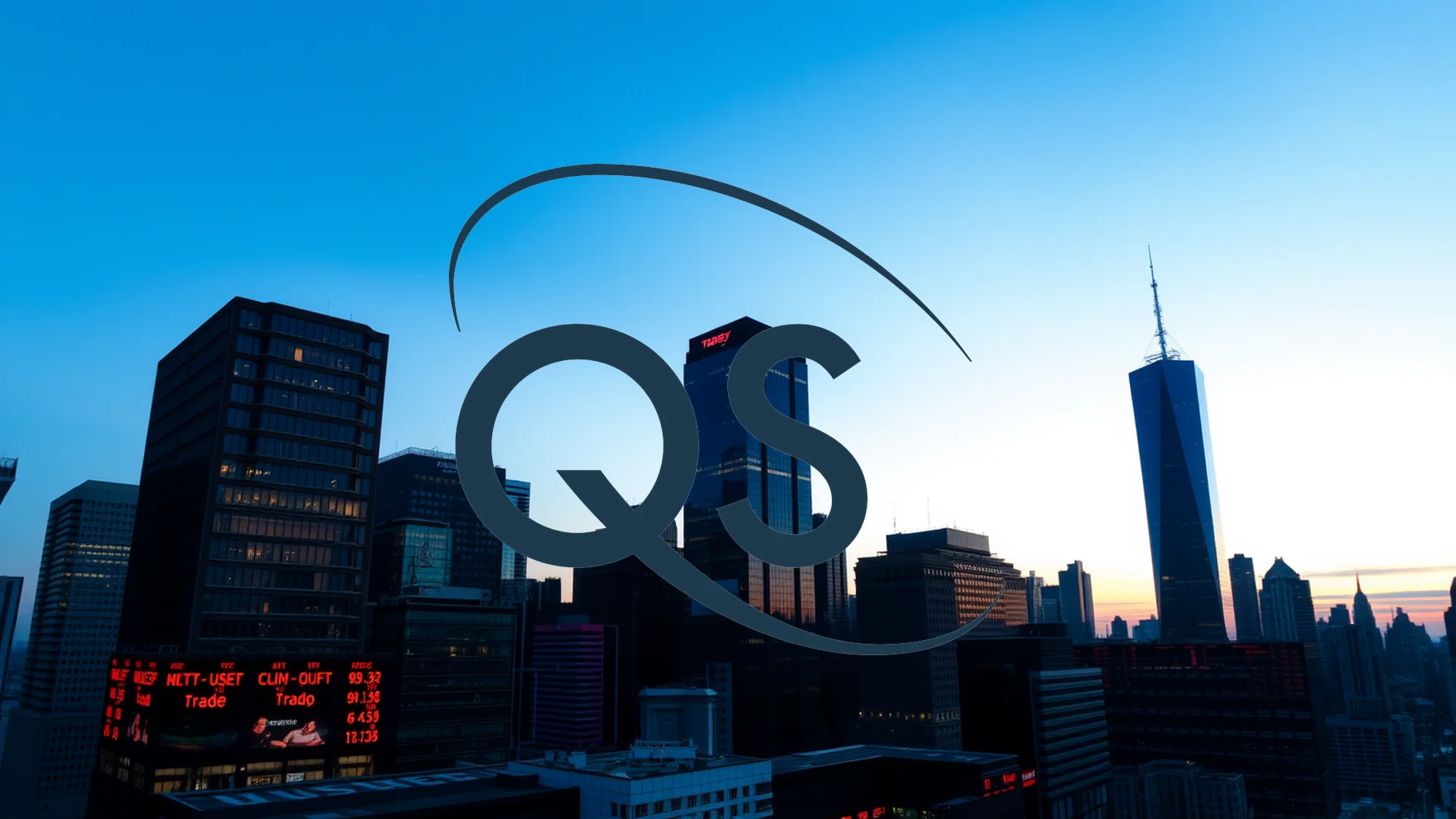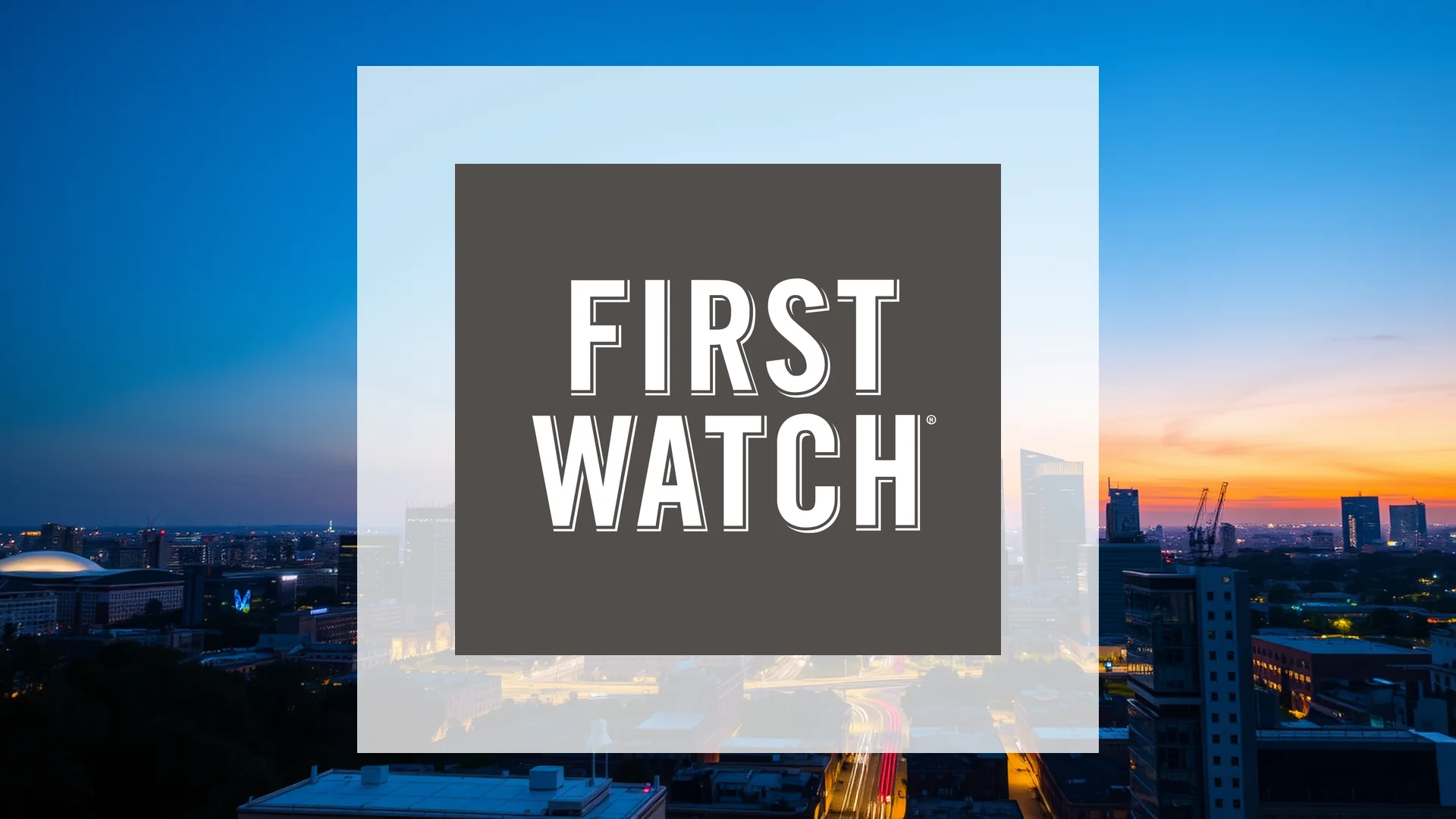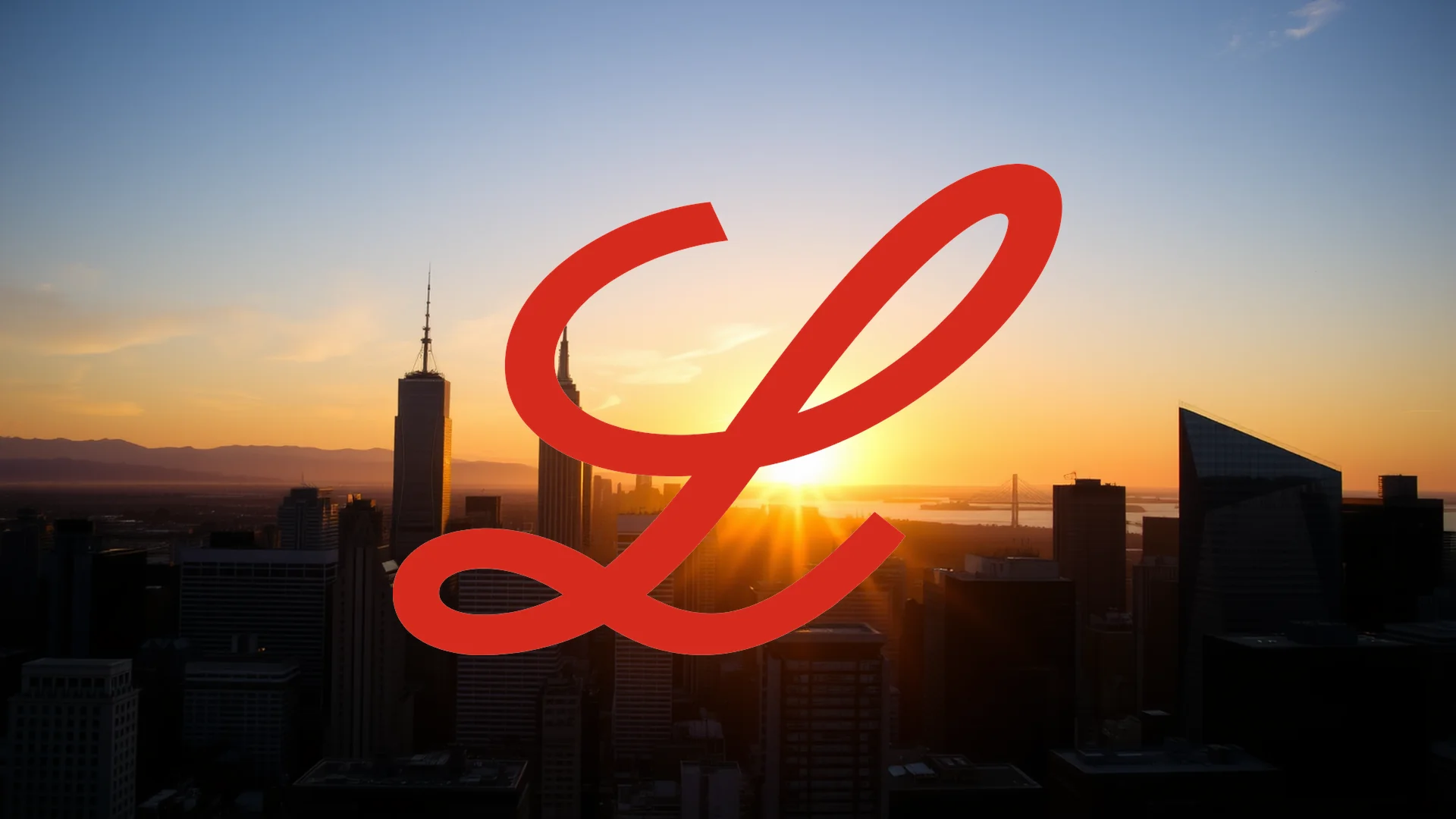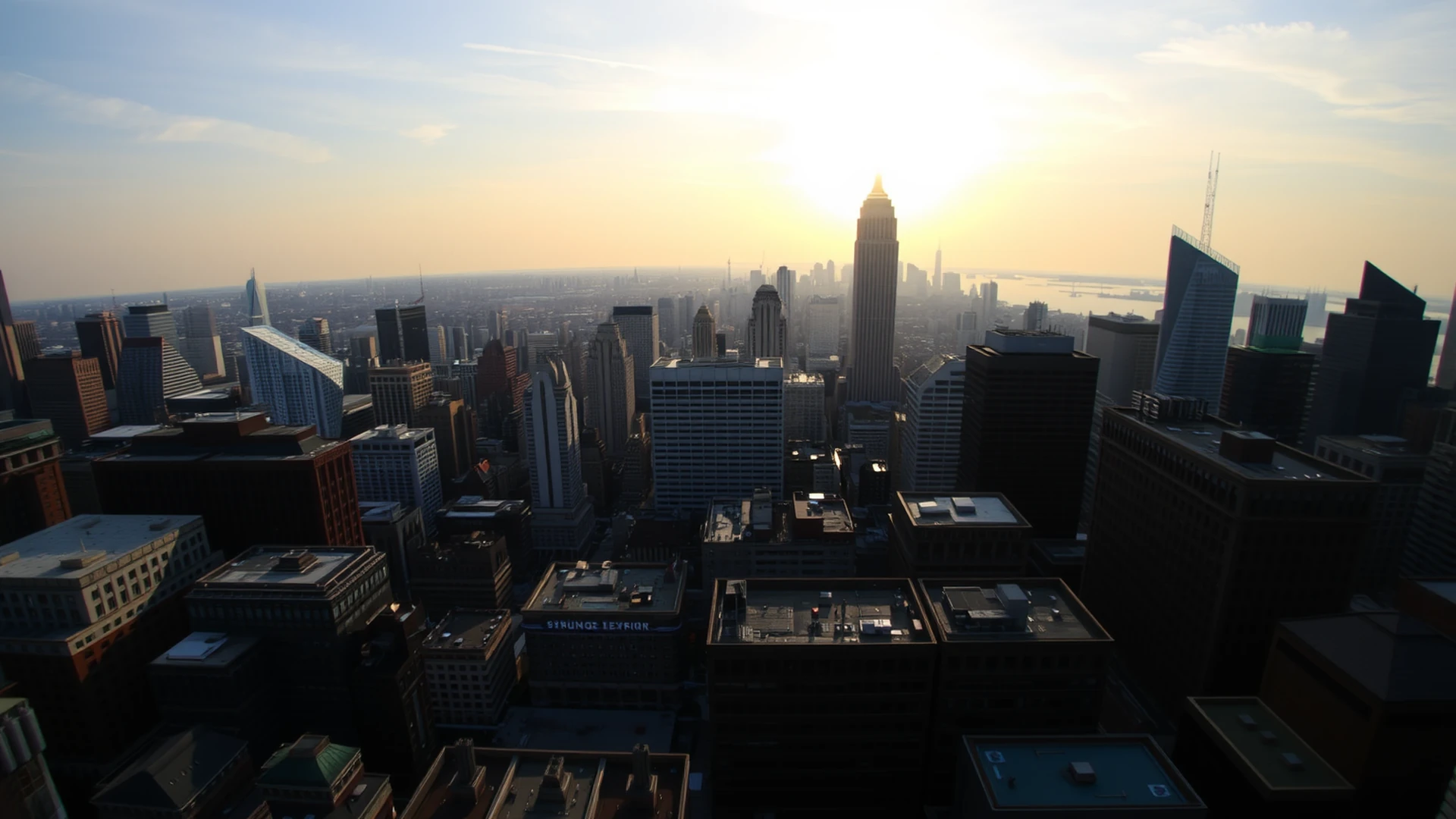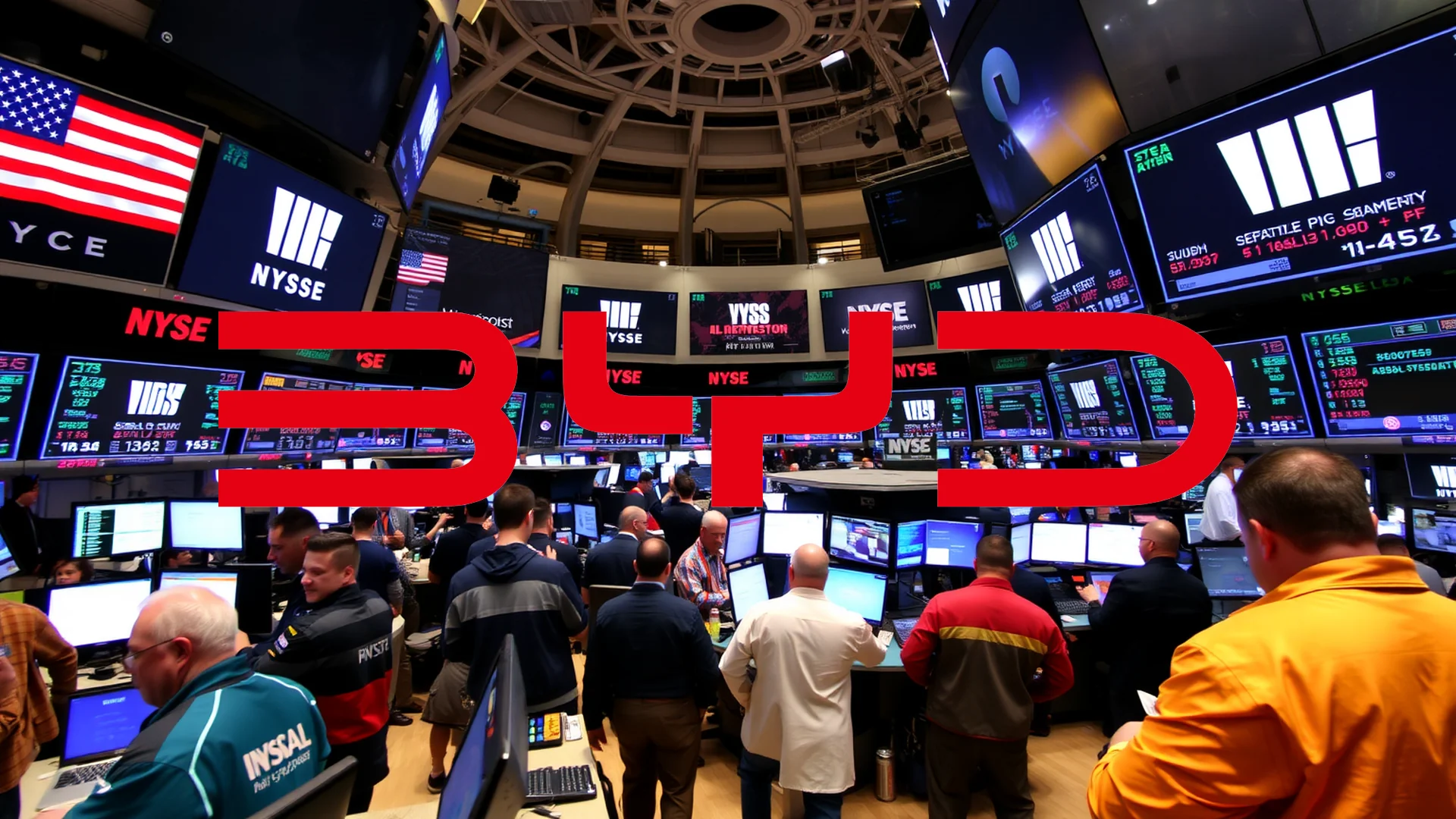Tesla’s stock experienced significant downward pressure last Friday, declining nearly 5% despite shareholders overwhelmingly approving Elon Musk’s controversial compensation package. The market reaction came as investors digested the implications of the massive payout while simultaneously evaluating the CEO’s ambitious new strategic initiatives involving semiconductor manufacturing and autonomous vehicle networks.
Shareholder Approval Meets Market Skepticism
During Tesla’s annual meeting on Thursday, November 6, investors delivered a decisive verdict with over 75% endorsing the CEO’s compensation plan. While this represented a strong vote of confidence in Musk’s leadership, financial markets responded differently. The equity opened weaker on Friday and continued to face selling pressure throughout the trading session.
Market participants appear concerned about whether the substantial compensation package might tie up excessive capital or distract management from addressing operational challenges facing the electric vehicle manufacturer. The disconnect between shareholder support and market performance highlights ongoing debates about corporate governance and capital allocation.
Semiconductor Independence: The “Terafab” Vision
Alongside the compensation discussion, Musk unveiled plans that could fundamentally transform Tesla’s business model. The company aims to construct its own semiconductor manufacturing facility, dubbed the “Terafab,” to address growing demand for high-performance chips required for artificial intelligence and robotics applications.
The proposed facility would operate at an unprecedented scale:
* Initial production capacity targeting 100,000 wafer starts monthly
* Long-term expansion potential reaching one million wafer starts
* Development of Tesla’s fifth-generation AI chip (AI5) underway
* Limited production commencing in 2026 with mass production following in 2027
* Potential collaboration with Intel under consideration
Should investors sell immediately? Or is it worth buying Tesla?
This strategic move signals Tesla’s intention to reduce dependence on external suppliers and gain direct control over critical technology for autonomous driving systems and robotics development. While representing a significant technological advancement, the initiative also carries substantial financial risk given the capital-intensive nature of semiconductor manufacturing.
Accelerated Robotaxi Network Expansion
Complementing the semiconductor announcement, Tesla revealed aggressive plans to scale its autonomous ride-hailing service. The company intends to connect five major metropolitan areas—Las Vegas, Phoenix, Dallas, Houston, and Miami—to its robotaxi network before year-end.
This expansion would transition what has previously operated as pilot programs into commercial service, potentially making the technology accessible to a substantial portion of the United States population by the conclusion of 2024. The accelerated timeline raises questions about whether Tesla can overcome remaining technological obstacles and regulatory hurdles at the proposed pace.
The central question facing investors is whether these ambitious technological bets will ultimately justify the CEO’s compensation package and restore market confidence. Can Tesla successfully execute these parallel strategic initiatives while maintaining its electric vehicle manufacturing momentum, or will skepticism about the company’s expanding focus persist among market participants?
Ad
Tesla Stock: Buy or Sell?! New Tesla Analysis from December 24 delivers the answer:
The latest Tesla figures speak for themselves: Urgent action needed for Tesla investors. Is it worth buying or should you sell? Find out what to do now in the current free analysis from December 24.
Tesla: Buy or sell? Read more here...


